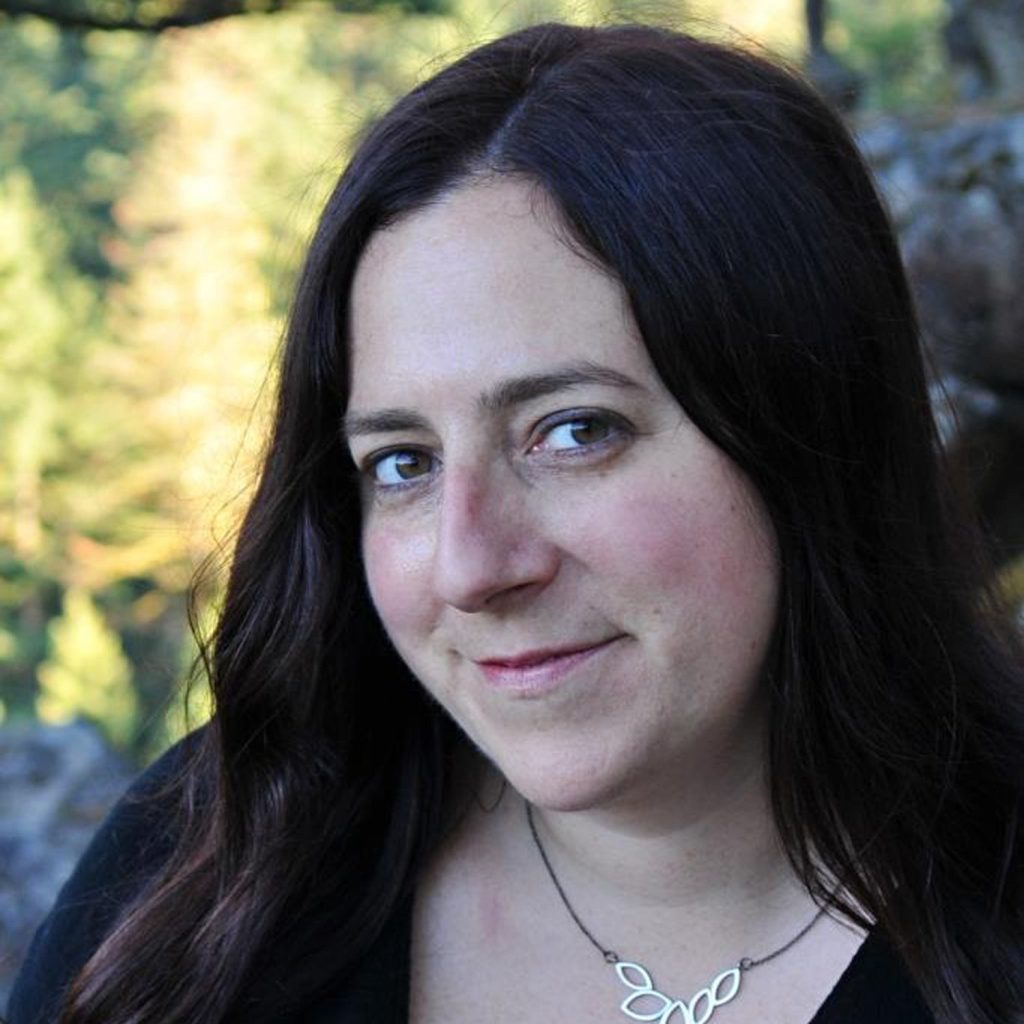Biodiversity and Human Population

- June 26, 2024
Stephanie Feldstein, Population and Sustainability Director, Center for Biological Diversity provided a well-informed presentation on “Biodiversity and Human Population” as part of the Utah Population and Environment Council, 2024 Speakers Series on May 6, 2024.
Stephanie leads the Center’s work to highlight and address threats to endangered species and wild places from runaway human population growth and overconsumption. Previously Stephanie worked for Change.org, where she helped hundreds of people start and win online campaigns to protect wildlife. She holds a bachelor’s degree from the University of Michigan. She is the author of The Animal Lover’s Guide to Changing the World (St. Martin’s Griffin, 2018).

Stephanie described the increase in human population over time. She also portrayed the growth in consumption. These are the “hockey sticks” that show such dramatic escalations in population and consumption over the last 1,000 years or so.
Stephanie talked about the impacts of increased human population and consumption on wildlife populations. Two examples provided were the decrease in bumble bees due in part to the increase in honeybees, which can be considered livestock. Another example is the estimated 10,000 grizzly bears that were in California, while now there are none.
Bringing this closer to Utah, 12 of the 15 fastest growing cities in the United States are in the west. And 40 million people now live in the Colorado River Basin.
The human population is expected to grow in the Salt Lake area and there is a projection of over 6 million people that could be living in Utah in the future. About three-quarters of Utahns live in the Great Salt Lake watershed, which has numerous concerns including increased agriculture and toxic chemicals. These increased concerns have helped result in petitioning the United States Fish and Wildlife Service (USFWS) to list the Wilson’s Phalarope as an Endangered species.
Some ways to address this population concern are to help support reproductive freedom. Still an estimated nearly half of the population comes from unplanned pregnancies. Also, more could be done to help educate people about the impacts of increasing population, including impacts on wildlife.
Stephanie asked that people sign the petition to protect the Wilson’s Phalarope under the Endangered Species Act. You can sign on to this petition at: Back Our Petition for Wilson’s Phalaropes (biologicaldiversity.org)
Click Here to view the recording of Stephanie’s presentation from May 6th.
Passcode: B&2x&NEM


